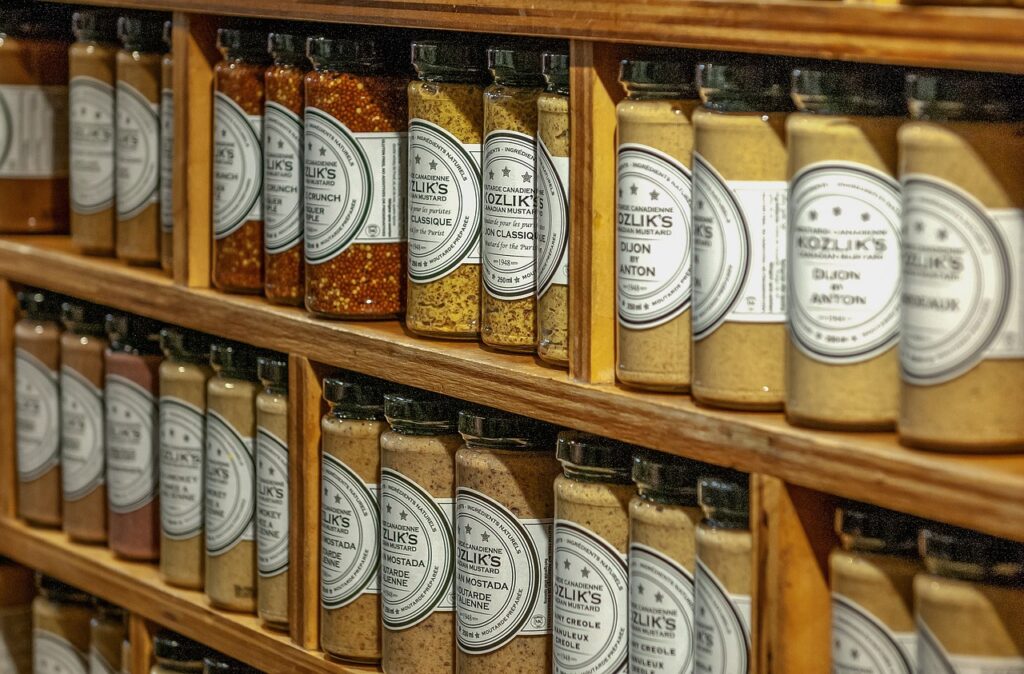How to Sell a Product Design to a Manufacturer

How to Sell a Product Design to a Manufacturer
Introduction
Bringing a product design to life is an exciting process, but for many designers, the most challenging part is selling that design to a manufacturer. Turning your idea into a tangible product involves convincing a manufacturer that your idea is not only good, but also worth their investment.
In this article, you will learn step-by-step strategies to effectively sell your product design to a manufacturer and get one step closer to seeing your vision realized.
Know Your Design Inside Out
Before you meet any manufacturer, it is important to have an in-depth understanding of your product design. You should be able to explain every aspect of it—from its functionality to its materials, production process, and target market.
Manufacturers will want to know how your design solves a problem or improves on an existing product, so it’s essential to have a solid idea of the value your design brings. You should also understand how your design fits into the manufacturer’s current production capabilities.
You should consider creating detailed product specifications and prototypes to showcase the design. This includes having CAD (computer-aided design) drawings, 3D models, or physical prototypes that allow manufacturers to envision the product clearly.
Research and Choose the Right Manufacturer
Not every manufacturer is going to be a perfect match for your design. It is important to research manufacturers who specialize in producing similar products or who have the right equipment and resources to bring your design to life.
Look for manufacturers that have experience working with designs in your industry or that have the capacity to scale your product once it’s successful. You should also consider factors such as location, cost, and production timelines to ensure they align with your goals.
Networking with other product designers or industry professionals can also provide valuable insights into which manufacturers are reliable and open to collaboration. Once you have a shortlist of potential manufacturers, you can begin approaching them with your pitch.
Create a Compelling Pitch
When selling your product design to a manufacturer, you need to make a strong first impression. Your pitch should highlight the uniqueness of your design and how it fits into the current market demand.
You should start by introducing yourself and your background, especially if you have experience in the field. Then, move on to your design. It is important to clearly communicate the following:
Problem-solving ability: What problem does your design solve, and why is it better than existing solutions?
Market potential: Who is the target audience for your product, and why is there a demand for it?
Feasibility: How easy or cost-effective is it for the manufacturer to produce your design? Can it be scaled?
Profitability: Show the manufacturer how they will benefit from producing your design. You should present potential profit margins, sales forecasts, or market trends to back up your claims.
You should focus on how your design adds value to the manufacturer’s business rather than just focusing on your creative ideas. Manufacturers are often more interested in the financial potential of a design than its aesthetics alone.
Develop a Prototype or Sample
While a good pitch is important, having a physical or digital prototype can take your presentation to the next level. A prototype allows the manufacturer to see and interact with your design, helping them understand its practicality and appeal.
If a physical prototype is not possible, a detailed 3D model or mock-up can also be effective. You should ensure the prototype reflects the final product as closely as possible, including materials, dimensions, and functionality.
Manufacturers are more likely to take your design seriously when they can see how it works in real life, so investing in a prototype or sample is a crucial step.
Understand Manufacturing Processes
It is important to educate yourself about the manufacturing process, as this will demonstrate to the manufacturer that you’ve done your homework. You don’t have to be an expert, but having a basic understanding of production methods—such as injection molding, die casting, or 3D printing—will allow you to speak the manufacturer’s language.
You should also be aware of the materials, costs, and timelines associated with producing your design. This knowledge will help you collaborate with the manufacturer and address any concerns they may have about production feasibility.
Additionally, understanding production processes enables you to anticipate potential challenges and offer solutions. For example, if your design involves complex shapes or components, you should be able to suggest ways to simplify production without compromising on quality.
Offer Licensing or Royalties
Many manufacturers are more inclined to work with designers when there is a clear and mutually beneficial agreement in place. One of the most common ways to sell your design is through licensing or royalty agreements.
In a licensing deal, you give the manufacturer the rights to produce and sell your design in exchange for a percentage of the profits. This approach can be highly attractive to manufacturers because it reduces their risk and allows them to share in the success of the product.
It is important to clearly define the terms of the agreement, including the percentage of royalties, length of the contract, and any exclusivity clauses. You should consult with a lawyer or intellectual property specialist to ensure that your rights are protected and that the contract is fair.
Licensing your design can also open up the possibility of working with multiple manufacturers, allowing you to scale your product faster.
Protect Your Intellectual Property
One of the biggest concerns for product designers is the potential for their design to be copied or stolen. To mitigate this risk, it is important to protect your intellectual property (IP) before presenting your design to manufacturers.
You should consider filing for a patent if your design is original and inventive. A patent gives you legal protection and prevents others from making, using, or selling your design without your permission.
If your design does not qualify for a patent, you should still protect your intellectual property through non-disclosure agreements (NDAs). An NDA ensures that the manufacturer cannot disclose or use your design without your consent.
It is important to consult with an intellectual property attorney to determine the best way to protect your design before you start pitching it to manufacturers.
Build Relationships and Network
Building relationships with manufacturers is key to successfully selling your product design. You should treat manufacturers as potential partners rather than just service providers. Take the time to get to know them, understand their business needs, and communicate how your design fits within their long-term goals.
You can also attend trade shows, industry events, or exhibitions to network with manufacturers and showcase your designs. These events provide valuable opportunities to make connections and learn more about the industry.
By building a strong professional network, you increase your chances of finding the right manufacturer who is excited to bring your design to market.
Conclusion
Selling a product design to a manufacturer requires careful preparation, a clear understanding of your product, and the ability to communicate its value. By thoroughly researching manufacturers, perfecting your pitch, and protecting your intellectual property, you can increase your chances of success. Building strong relationships with manufacturers and being open to collaboration will also help you turn your design into a reality. With persistence and the right approach, you can bring your vision to life and see it produced on a larger scale.






Responses